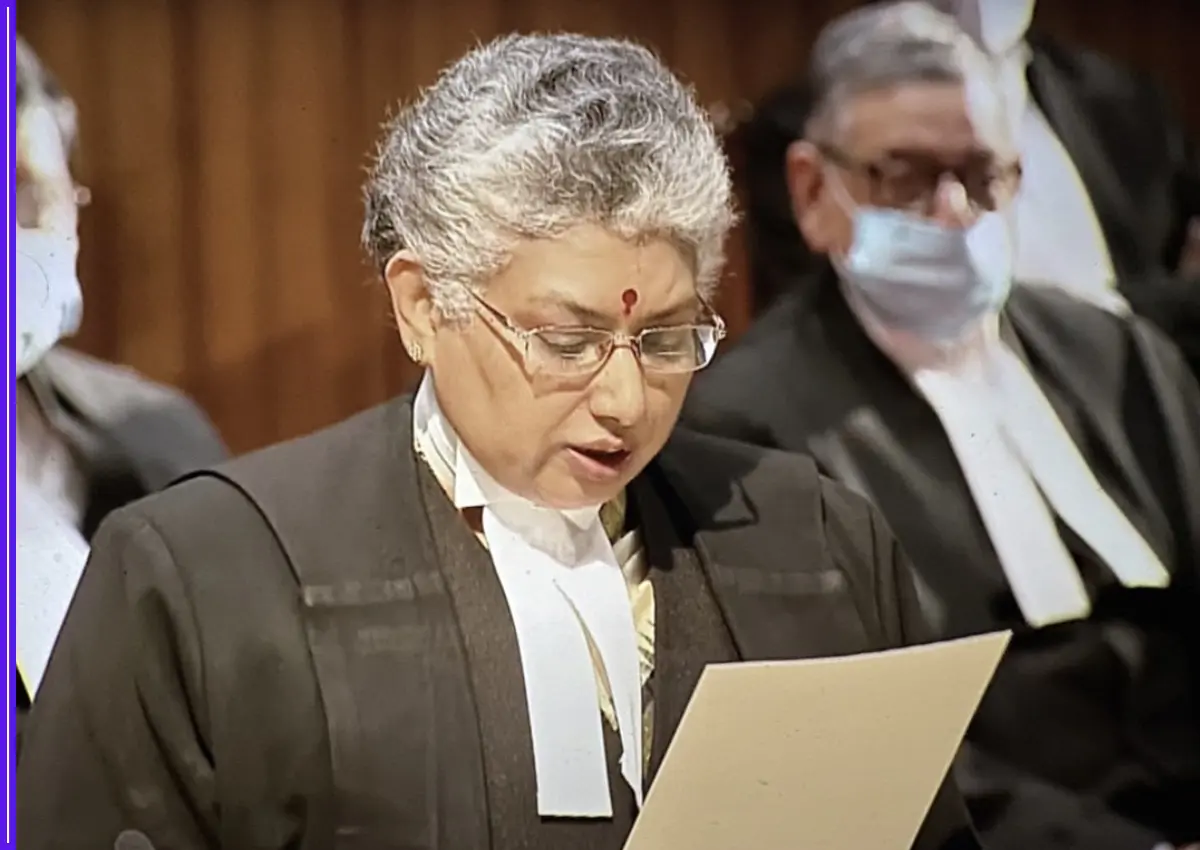The sea slug species named after Murmu, Melanochlamys Droupadi, has a maximum length of seven mm and a brownish-black shield with a ruby red patch on its head.
Bhubaneshwar: The Zoological Survey of India (ZSI) has found a new kind of marine slug molluscs on sandy, wet beaches in Odisha and Bengal. These molluscs are mostly found in maritime settings, and they have been named after President Droupadi Murmu, according to authorities.
According to them, Melanochlamys Droupadi, the species of sea slug named after Murmu, is a brownish-black sea slug with a ruby red mark on its head shield. Its maximum length is seven millimetres.
Over the course of the previous two years, scientists led by Prasad Chandra Tudu of ZSI discovered the marine slug over a three-kilometer length from the low intertidal zones of the Digha in West Bengal and Udaypur in Odisha coast, authorities said. An extensive analysis of morphological, anatomical, and molecular traits led to the confirmation of the species.

From the northeastern shore of the Bay of Bengal, we gathered 145 specimens. Since the most of its congeners are located in temperate parts of the Indo-Pacific Ocean, this is the second species of headshield sea slug to come from India. The primary author of the study, Tudu, stated that the reproduction of the species “apparently occurs between November and January.” The study was published earlier this week in the peer-reviewed journal Molluscan Research.
It is our freedom as scientists to give new species names. I chose to call the species in honour of the president in recognition of her elevation to the highest office since both the president and I are native to the Rairangpur neighbourhood of Mayurbhanj, Tudu added.
A class of molluscs that resemble slugs and are mostly found in marine environments are called sea slugs. From the arctic areas to the tropics, and from the shallow intertidal to the deep sea, they may be found. The sea slugs are swift predators that hunt down moving food including tiny fish, roundworms, marine worms, and other sea slugs, both shelled and unshelled. According to ZSI authorities, 18 species have been found so far throughout the world, one of which is a tropical species from the Gulf of Thailand.
The zoologists explain that although this specific type of sea slug is hermaphrodite, meaning it has both male and female reproductive organs, they still require another sea slug to reproduce.
By the way, the ZSI scientists have named melanochlamys bengalensis, another species of head-shield sea slug, after the Bay of Bengal. This species was found in 2022 along the coast from Digha to Dhamra.
NASA scientists honoured former president and missile expert APJ Abdul Kalam in 2018 by giving a bacterium that grew on the station’s filters his name. In honour of Kalam, researchers from the Botanical Survey of India in Bengaluru named a new species of plant in 2017.
A cactus in the Regional Plant Resource Center’s Cactii Garden in Bhubaneswar was given the name Atal Bihari Vajpayee in honour of the former prime minister in 2000. A species of eel found at the Gopalpur beach in Odisha was named Gymnothorax Odishi by zoologists from the Estuarine Biology Regional Centre in 2018.









